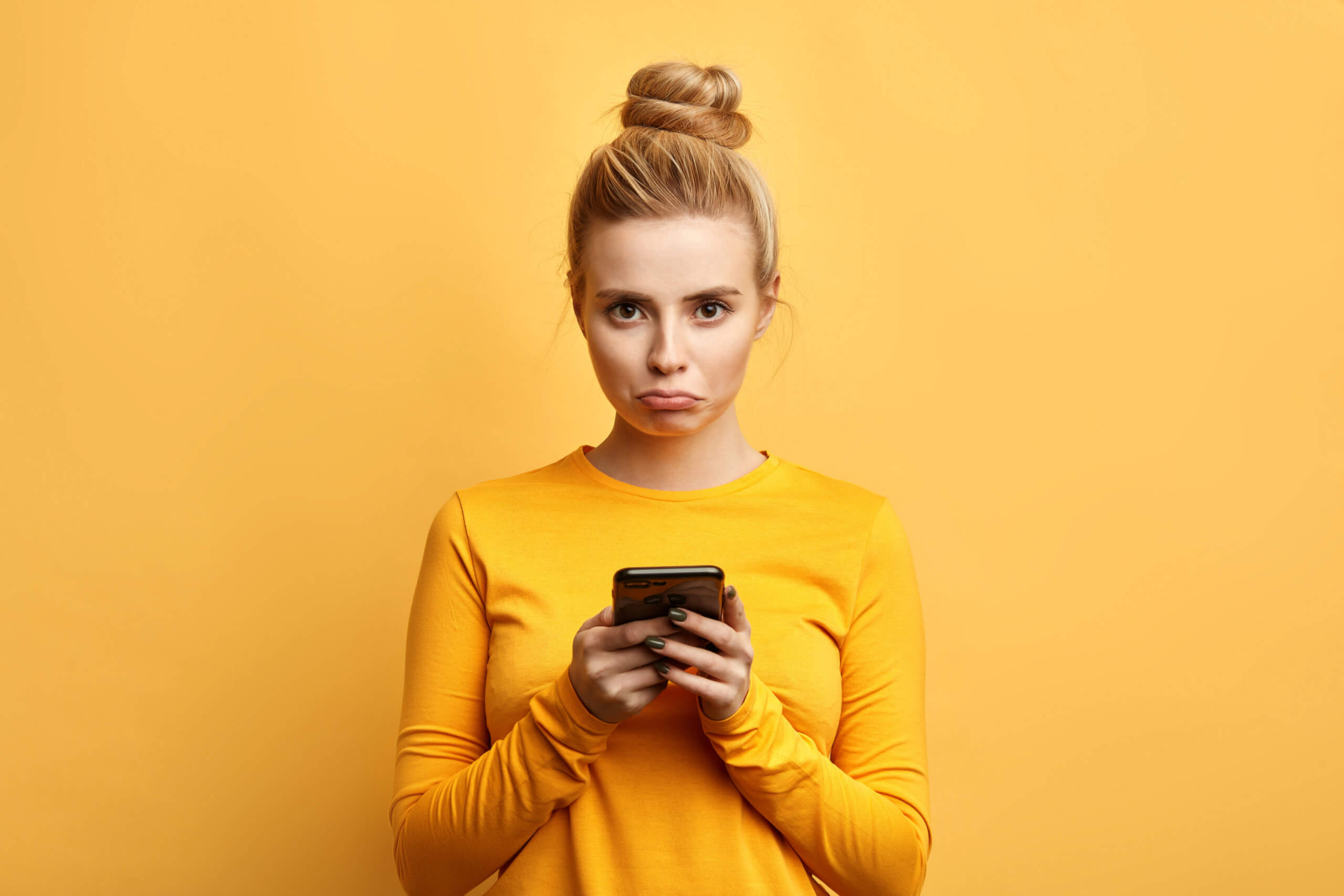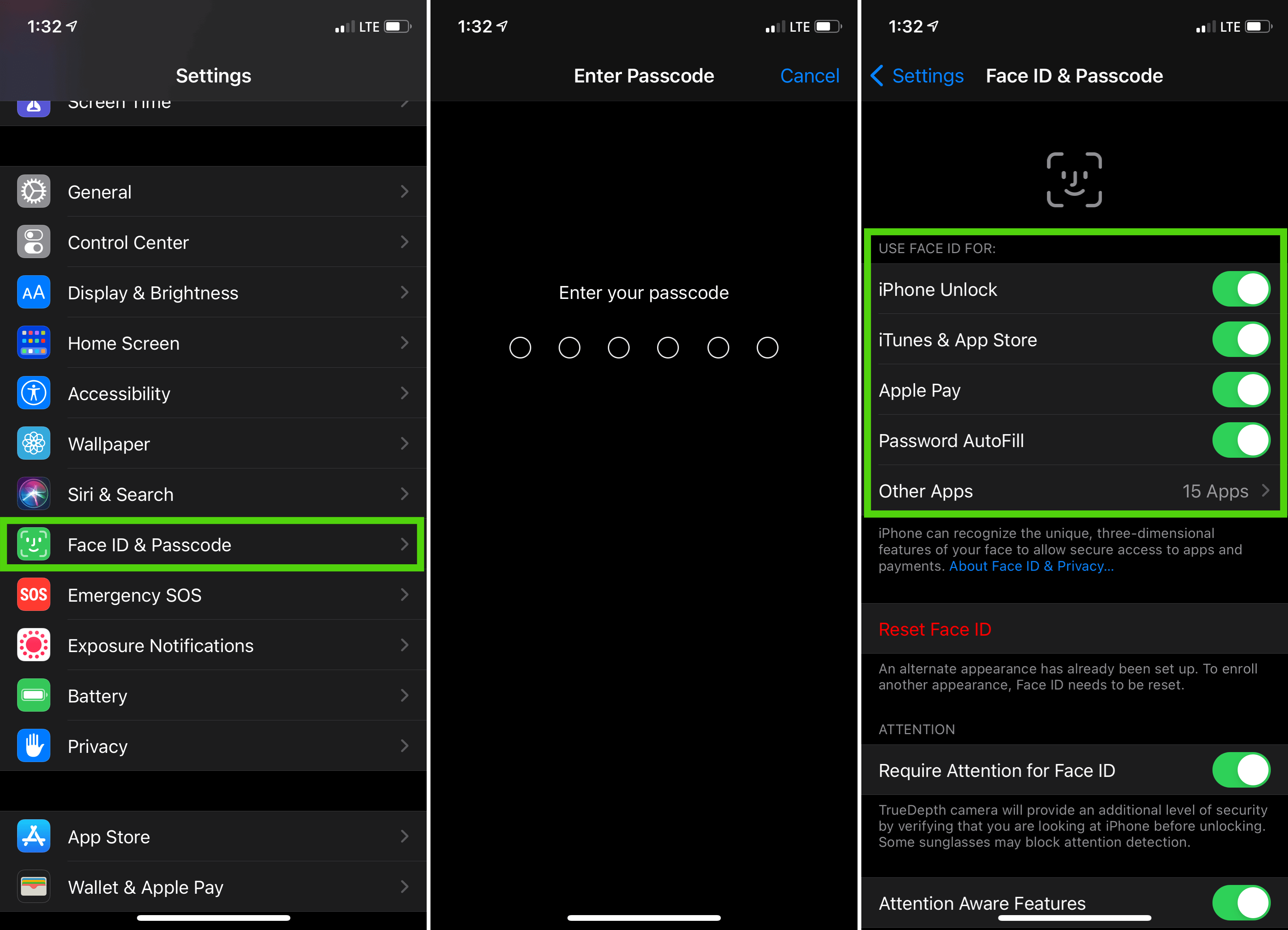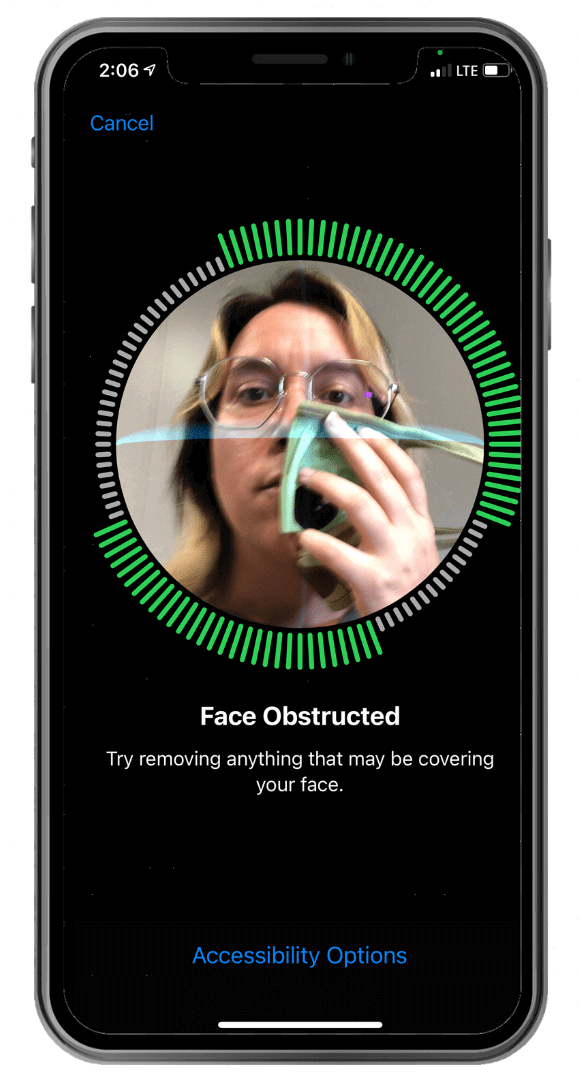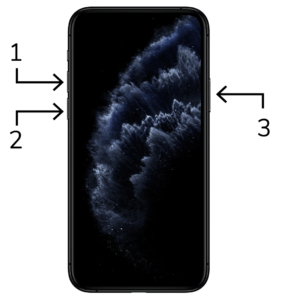Ever since it added it to the iPhone line-up years ago, Face ID has become a prominent part of its features list. Users can utilize it to unlock their phones, check their bank balance, and, of course, take amazing selfies for the world to see. That said, there comes a time when the “Face ID not working” error occurs.
That’s not to say your phone is broken by any means. You can still use your passcode to unlock things, and, hey, maybe the other camera on your phone works in the meantime. But, eventually, you’d like things to “return to normal” and want nothing more than Face ID to work again.
In this guide, we’ll break down the steps as to what could be causing the problem, and how to fix it without screaming at your phone to “Look at meeeeee!” (You’d be surprised how many people may do this.) Let’s see if we can get your device to identify and appreciate your face again.

Contents
Check Your Face ID Settings
Your iPhone’s Face ID isn’t going to work if it isn’t set up properly. To check your Face ID settings, go to Settings > Face ID & Passcode and, when asked, enter in your passcode.

If you don’t see this option, your iPhone doesn’t have Face ID installed. Granted, only the newer iPhone devices – from the iPhone XS and iPad Pro up – utilize Face ID. If you have an older device, you’ll likely be stuck with using the passcode. (Unless, of course, you feel like upgrading.)
Anyway, back to your current device. If you see Set Up Face ID in blue letters, you’ve found the problem: You either never set up Face ID to begin with or someone erased your face (rude!). To fix the problem, just click Set Up Face ID.
If Face ID is already set up, look at the top options under Use Face ID For: and make sure the toggle for iPhone Unlock, or whatever else you want to use it for, is switched on. This should go a long way to getting Face ID to work again, provided you don’t have bandages or a whole lot of facial hair (Cousin It?) to get in the way of identifying you.
Is Anything Covering Your Face or the Camera?
As you can probably imagine, these face-mask-wearing, Covid-19 times aren’t exactly what you’d call helpful when it comes to Face ID. However, it isn’t just face masks that can cause your iPhone to think it’s looking at a stranger. Sometimes, things can get in the way to avoid your device from successfully unlocking.
So, if you’re wearing glasses, a hat, an Iron Man mask (what, Avengers Endgame was great!), or any other face or head covering, take it off and try using Face ID again. Also, try removing any case or screen protector you have on the iPhone as they could be interfering with the TrueDepth Face ID cameras. It never hurts to clean your camera lens as well – but be careful, you don’t want to damage them.
How to Use Face ID With a Mask
As for our current pandemic situation, there are a couple of different things you can try to make things a little easier with Face ID, even while you’re wearing a mask.
During an investigation at Tencent’s Xuanwu Lab, researchers learned that, much like Face ID learning and adjusting to natural changes in your face, Face ID can also be trained to recognize you with a mask on.
How? By setting up your iPhone’s biometric system while “wearing” half of a mask. We gave it a try and found that while redoing only the initial Face ID setup did provide a little bit of success, additionally setting up an Alternate Appearance in a similar manner gave more consistent results. Here’s how to set it up:
| 1. | Go to Settings > Face ID & Passcode. |  |
| 2. | Select Reset Face ID. | |
| 3. | Tap Set Up Face ID. | |
| 4. | Fold your mask in half and bring it up to your face, covering only one side. (See our photo below for help.) | |
| 5. | If you get a Face Obstructed message, slowly move the mask toward the side of your face until you see the Move your head slowly to complete the circle request. (Be sure to only cover the tip of your nose to avoid getting an error.) | |
| 5. | Carry out two full scans of your face, keeping the mask on the same side of your face the entire time. | |
| 6. | Once you see Face ID is now set up, try unlocking your iPhone using Face ID with the mask covering your face as usual. | |
| 7. | If Face ID still isn’t working, continue on with steps 8-12. | |
| 8. | To set up an Alternate Appearance, return to Settings > Face ID & Passcode. | |
| 9. | Select Set Up Alternate Appearance. | |
| 10. | Fold your mask in half again. This time, use it to cover the other side of your face. | |
| 11. | Continue through two Face ID scans in the same way as before but for the opposite side of your face. | |
| 12. | Once you’re finished, put your mask back on and try unlocking your iPhone again. | |
Hopefully, this should get your Face ID up and running both with and without a face mask. If you’re still having problems, try pulling your mask slightly down your nose. We tried this and actually had pretty good success, so hopefully you do too.
If all else fails, you can pull down the mask whenever you log in (temporarily, depending where you are) to use Face ID. Otherwise, there’s always the passcode.
What About a Face ID-Compatible Mask?
Of course, you could always just skip these steps and get a mask that looks like your face. (Then buy some for your family – Christmas!) What originally started as a joke has since turned into the cheekily named Resting Risk Face mask.
These contoured N95 masks are TrueDepth-compatible, meaning that they should allow you to use Face ID with the mask. Unfortunately, with N95 masks in high demand, it may be hard to track one down. However, you can still get on the waitlist and secure your place at the front of the line whenever production begins.
Again, it’s probably easier – and cheaper – to just pull down the mask when you’re using Face ID to log in. Plus it won’t be so odd when people wonder why your face mask looks like your face. (We’ll be using our Iron Man mask, thanks.)
Is Your iPhone on the Latest Software?
Sometimes simply updating your iPhone to the latest software version will remedy the Face ID problem. All you need to do is go to Settings > General > Software Update to check for and install any available updates.
Try a Hard Reset
If your iPhone is already on the latest software version, give a hard reset, or force restart, a try. To make it happen, quickly press and release the Volume Up button, then quickly press and release the Volume Down button.
After that, press and hold the Side button on the right side of your phone. Keep pressing the button down (be sure to ignore the Power Off slider!) until the Apple logo appears, then release the Side button and wait for your iPhone to restart.
Keep in mind these are steps for newer iPhone models. Some will require simply holding down other buttons, including the “face” button on older models. Consult the guide that came with your phone, or look it up online, if it’s not one of the newer ones.
 Maybe It’s Your Face
Maybe It’s Your Face
Whether we like it or not, our faces change slowly over time. Thanks to the people over at Apple, however, your iPhone will usually learn and adjust. But, if your face has changed drastically in a short period of time, your iPhone might not recognize you.
This could include facial hair, stitches from a surgery, a medical condition (pink eye?) or something else. It happens – we’re not calling anyone out here. (Maybe you, Uncle Lewis. Shave, maybe!)
Even if nothing has changed at all, you’ll next want to try resetting your Face ID data entirely. To make it happen, go to Settings > Face ID & Passcode, then click Reset Face ID. Simple, and you don’t have to change anything on your face.
The Nuclear Option: Restore Your iPhone to Factory Settings
If nothing else has worked up to this point, your last hope to get Face ID up and running again is a factory reset. This is truly a drastic step, when entering a passcode will likely suffice. Still, it beats you taking super-drastic steps, like selling your phone and swearing it was something in the hardware that didn’t like you. (Side note: it isn’t.)
Before your factory reset, be sure you remember your Apple ID and password, as well as your device and/or Restrictions passcode, since you will need them during the factory-reset process. You’ll also want to back up your iPhone so you don’t lose all your information, either to a computer or through the iCloud. It’ll save you time later on.
To begin restoring your iPhone to factory settings, go to Settings > General > Reset > Erase All Content and Settings. If you haven’t already backed up your device as we suggested, you’ll now be prompted to update your iCloud backup before erasing everything.
Select Back Up Then Erase (or Erase Now, if you like to live on the edge or already backed up your iPhone. Finally, validate your identity using your passcode, then select Erase iPhone.
Still Not Working? Your iPhone is Probably Broken
If you’ve tried all of these options and your Face ID still isn’t working, or if you get messages like Face ID Is Not Available or Unable to activate Face ID on this iPhone, it could be one of two things.
The first is that you have an older device that doesn’t support Face ID. As many updates as Apple has provided to its devices, it just doesn’t work with the older ones. This might be a sign that you need to upgrade.
Have a newer device? It could just be a problem with the phone itself. In fact, the two most common reasons Face ID stops working is because your iPhone has been dropped or the screen was repaired by someone who damaged the Face ID components in the process.
If this is the case, you will likely need to schedule for a repair, or consider replacing your device with something new.
Since the Face ID sensors can only be repaired by Apple, you cannot have this repair performed by any 3rd-party repair shops as the Face ID cameras are linked to your motherboard for security and must be programmed by Apple.
That said, if your iPhone is no longer covered by AppleCare, expect this to be a costly repair – we’re talking somewhere in the neighborhood between $399 and $599 depending on which model you have.
At this price, you’re probably better off either using your iPhone as-is with the Face ID not working, or buying a replacement and selling your broken iPhone to offset the cost.
So Where To Get Another Phone?
If the thought of typing in your passcode each time bugs you that much, you can expect to find a pre-owned newer-end iPhone for around $300 or so. Shop around before you dive in – maybe even look at our selection of affordable devices! (And yes, Face ID will work when you get it, barring any massive facial hair growth.)
Meanwhile, you can sell your broken iPhone to websites like GadgetGone for a good price, depending on your carrier. It certainly beats paying for a costly repair, and your face can go back to being happily appreciated by your device. (Not to mention taking amazing selfies with you and your dog.)
Bottom line, Face ID is a nice feature to have, and fairly easy to get up and running on your new iPhone and iPad devices. But if the mere thought of using a passcode bothers you (or you simply forget it), these steps should lend a hand.
Follow us on Instagram, Facebook, TikTok and Twitter for more helpful tech tips, future special offers and behind-the-scenes GadgetGone goodness! (Plus, we have a dog!)
Face ID Still Not Working? We’ll Buy Your Device!
Our no-obligation quotes are simple, fast, and hassle-free.



